Wildlife photography is one of the most rewarding and the same time challenging genres of photography. There is a lot that goes into capturing the best wildlife photographs and it comes with constant research and learning about wild animals and practicing capturing their photographs in the wild. If you are getting started with wildlife photography and are struggling with capturing some good photographs, then these quick beginner tips will help you capture some stunning wildlife photographs.
1. Learn Your Subject
Wildlife photography differs in the sense each subject portrays a different behavior and lives in different habitat. The more you learn about your subject, the better photographs you will be able to capture. There are some moments that you may stumble upon and capture by luck, but knowing your subject will help you to anticipate behavior and capture stories or action shots that are quite impressive and unique.
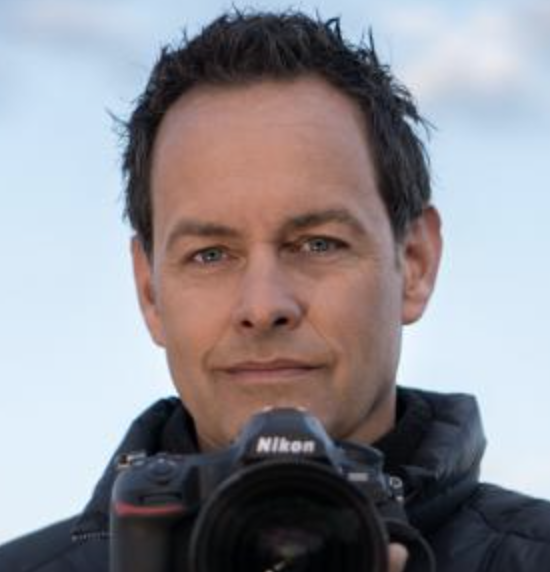 | “Before you lies a book by one of those creative freethinkers – one of the best there is.” – Marsel van Oosten (Wildlife Photographer of the Year 2018) –> Dissecting Award Winning Shots: Wildlife Vol.1 by Ignacio Palacios |
If you will be focusing on a particular species, it is good to learn as much as possible about that particular species including their habitat and the best time of the year to spot them as many birds are migratory and animals portray various behavior during different seasons. If you will be photographing in general in a particular area, then it is a good idea to learn about the location and what to expect in that habitat.
There are so many resources online and offline including documentaries, videos, journals, and books that you can go through to learn about the subject of your interest. There may be associations and communities for local wildlife too depending on where you live. These resources will help you to be decisive in capturing the best moments of your subject, respecting their behavior, and at the same time educating you in protecting animals and their habitat.
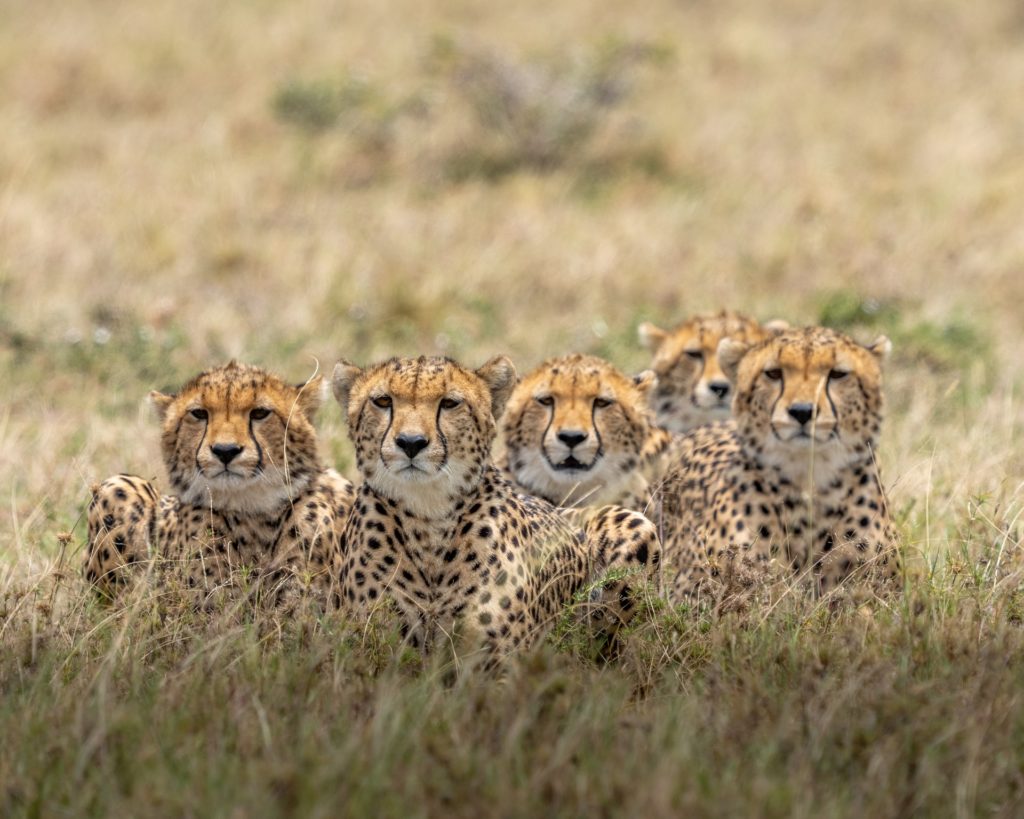
2. Know Your Gear
Wildlife photography requires gear that can focus faster, capture shots on higher burst mode, has high iso or low light performance, image stabilization, etc. You will need a long lens, but if you are just starting out, you can use the 70-300mm kit lens for a start which is good for larger animals and birds, and then upgrade when you feel confident enough.
You need to learn to use your gear, know where the buttons are how to change the settings easily when looking through the viewfinder. You cannot be fiddling around with these when out in locations as you will be wasting time and missing out on the most important moments.
Some techniques like focus tracking, continuous shooting with burst mode, and back button focusing can help capture wildlife photos with some ease. Practice these settings on birds and butterflies in your own garden or with your pets when they are running around outdoors.
Although shooting in manual mode will give high control over exposure, one can take advantage of the aperture priority mode for wildlife photography. You can set a minimum shutter speed and maximum iso value for a fixed aperture value, but there may be times when the light levels are too low or the subject is moving fast, or both, that you may want to increase the iso a bit further to get the shot.
Switching modes, and adjusting exposures when the light is changing or when you are on a safari can be tough, especially for beginners and the above settings should work pretty much well for most scenarios.
“If we can teach people about wildlife, they will be touched. Share my wildlife with me. Because humans want to save things that they love.” – Steve Irwin
Setting the camera for back-button focusing will help you to easily switch between single and continuous shooting modes. For beginners, when photographing moving subjects, it will be useful to have center auto focusing along with focus tracking in burst mode to capture some decent shots till you get used to changing focus points faster.
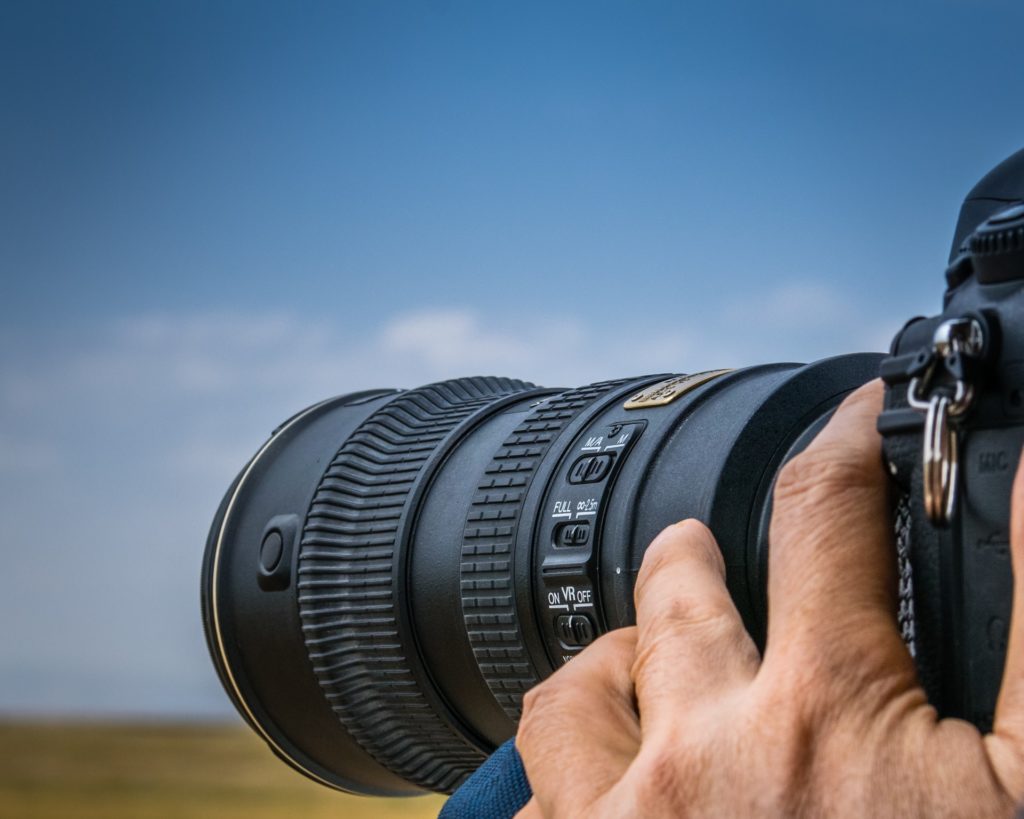
3. Scout For Locations
Wildlife photography does not always mean that you have to get into the wilderness or on a safari in order to capture stunning shots. If you do a bit of research, there will be a lot of locations around where you live that are great habitats for local wildlife.
It is easier if you start with a location or habitat that you are familiar with. A google search for wildlife images in that area and further some news articles, journals, or local wildlife magazines and books will help you to get an idea of what you can photograph locally.
Walk around to nearby streams, lakes, etc., to see what you are able to find. Animals and birds are most likely to be found near water features during early mornings and late afternoons. You may even find some in your backyard.
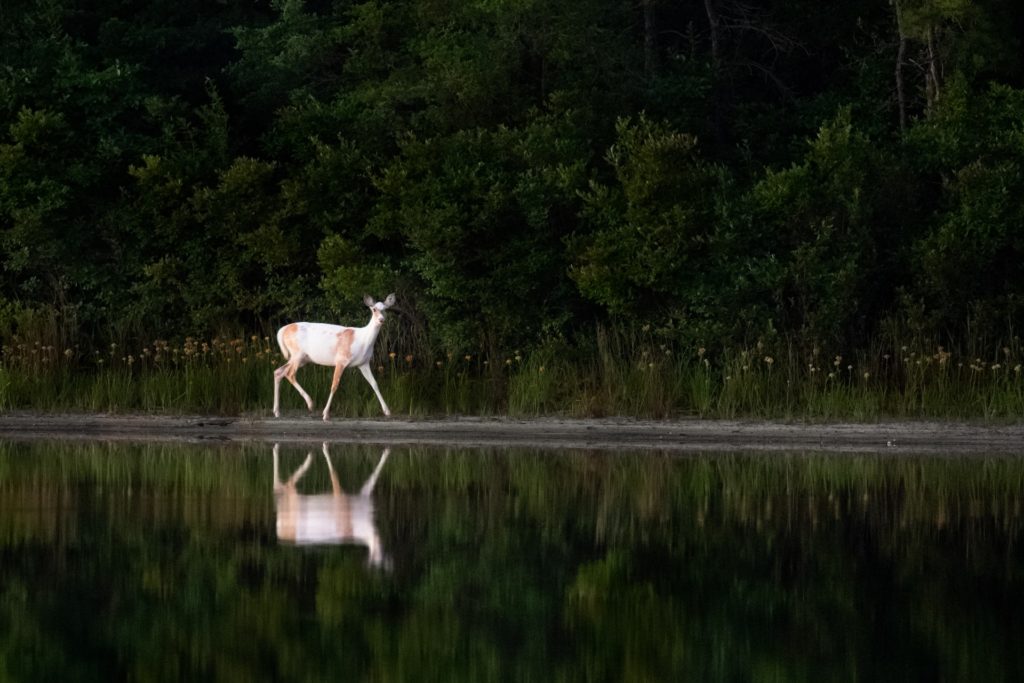
4. Observe Your Subject And Anticipate Actions
When you have found your subject, spend some time observing it. Wildlife photography is a learning process and the more you observe, the more you will be able to understand their behavior and interactions and anticipate what might happen next. This will help you to decide on the shot and capture it at the right moment.
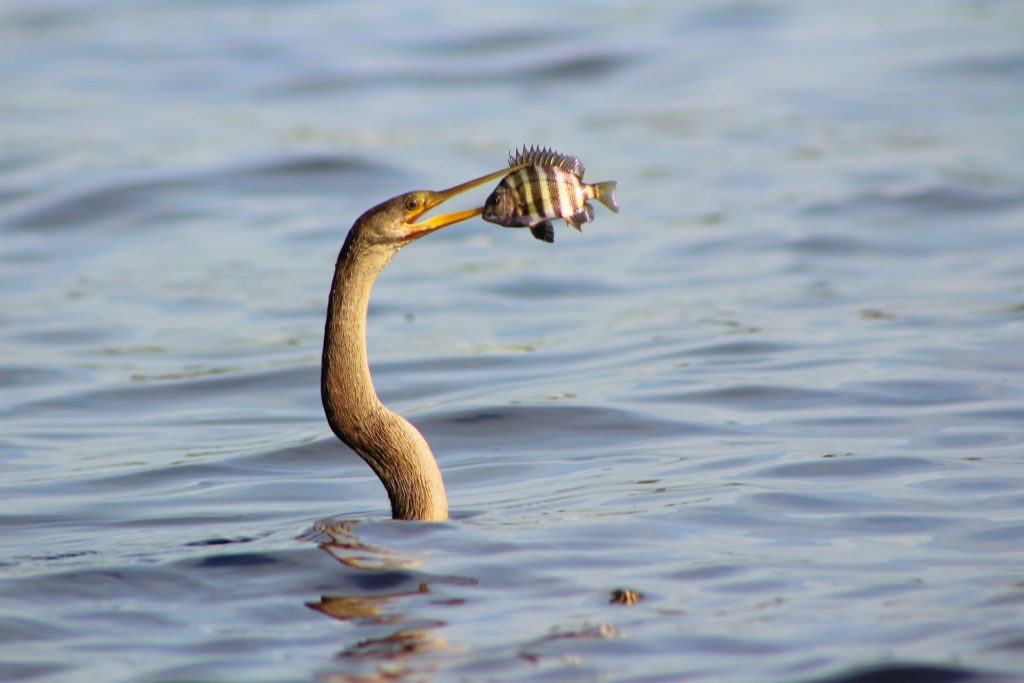
5. Pay Attention To Compositions
Using interesting compositional guidelines can make an ordinary photo look extraordinary. When on location, spend a moment to look around for elements like trees, shrubs, grass, hills and mountains, water features, etc., and think of ways to use these when composing the frame.
Do not place your subject in the middle, although it can work for a few shots. Use the elements around the subject and wisely compose the shot so the viewer is guided to the subject. Remember to allow space for movement and gazing.
Pay attention to the background, see if it complements the subject, and avoid distracting elements like stray branches and other vegetation. To make your subjects stand out from the background, use the right choice of aperture values to blur the background. Shooting at eye level will help to maintain the distance between subject and background compared to shooting looking down.
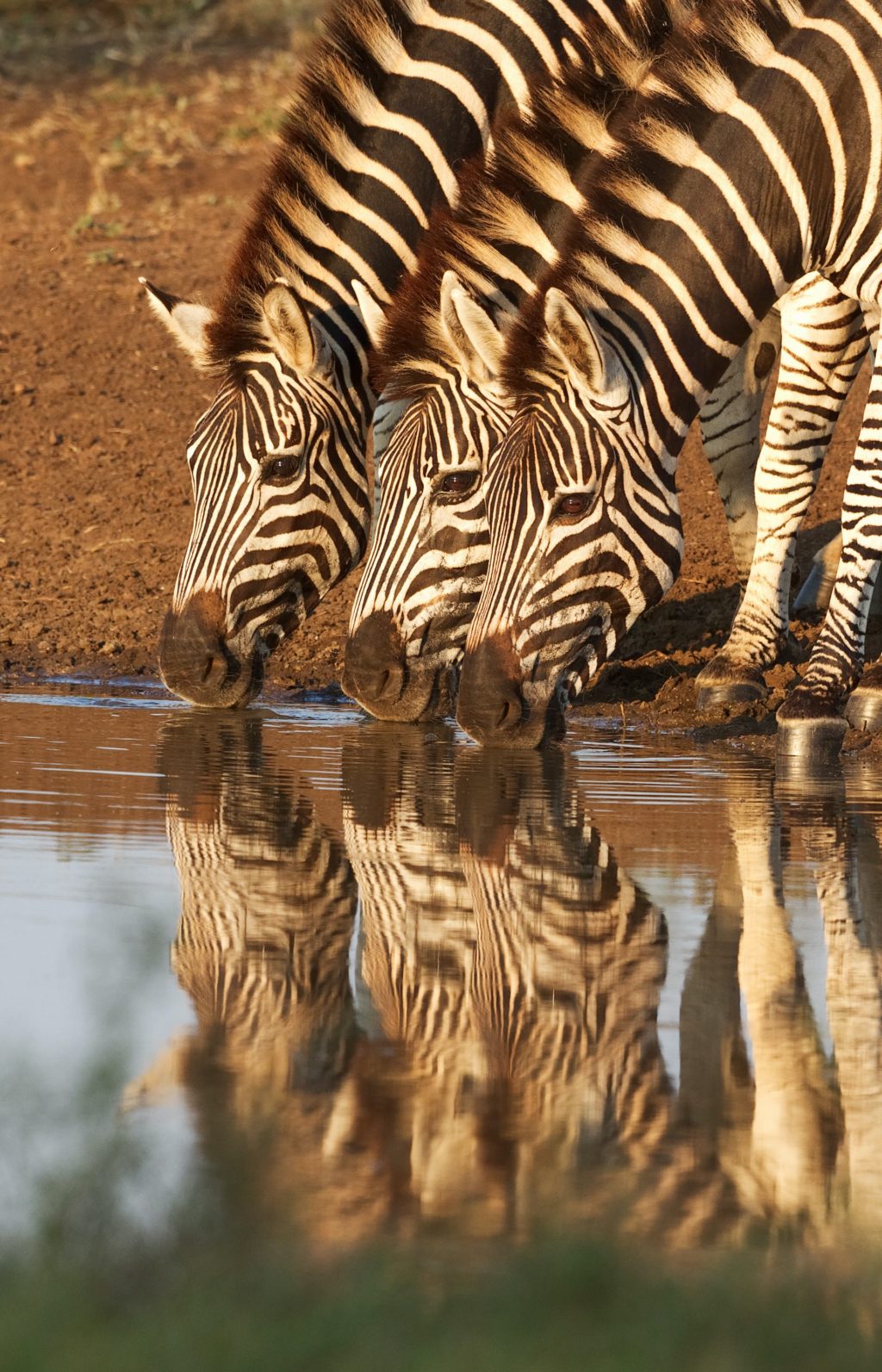
6. Try Various Perspectives
It is always best to get down as much as possible when capturing animals in their habitat, so you get to photograph them from their point of view. Getting low will also help capture large animals from a different angle and show their majestic features. Do these only if you are allowed to (especially on wildlife safaris) and if it is safe to do so.
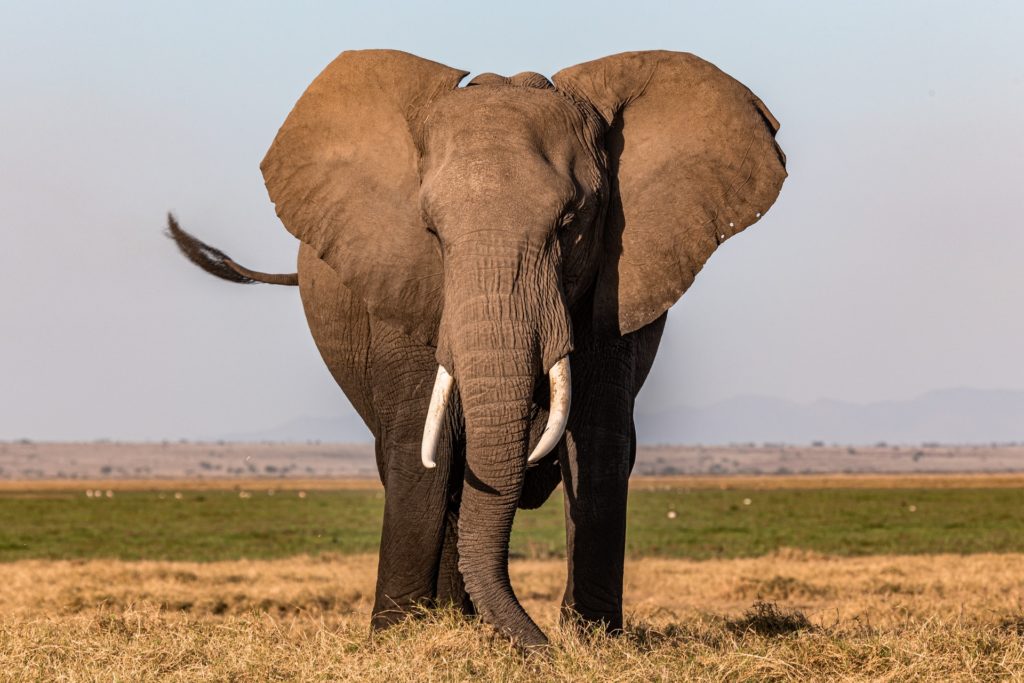
7. Shoot Wide For Environment Photographs
Do not always go for closeups where you fill the frame with your subject. Try various focal lengths and also capture wider frames where you can capture environmental shots of the wildlife that show their habitat and their interaction with it.
It is advisable to have two cameras – one for wide photos and another for zoomed shots as you cannot be changing lenses for wildlife photography when out in the fields. Most beginners may have just one camera and in those situations, pull out your mobile phone and capture a wide photo.
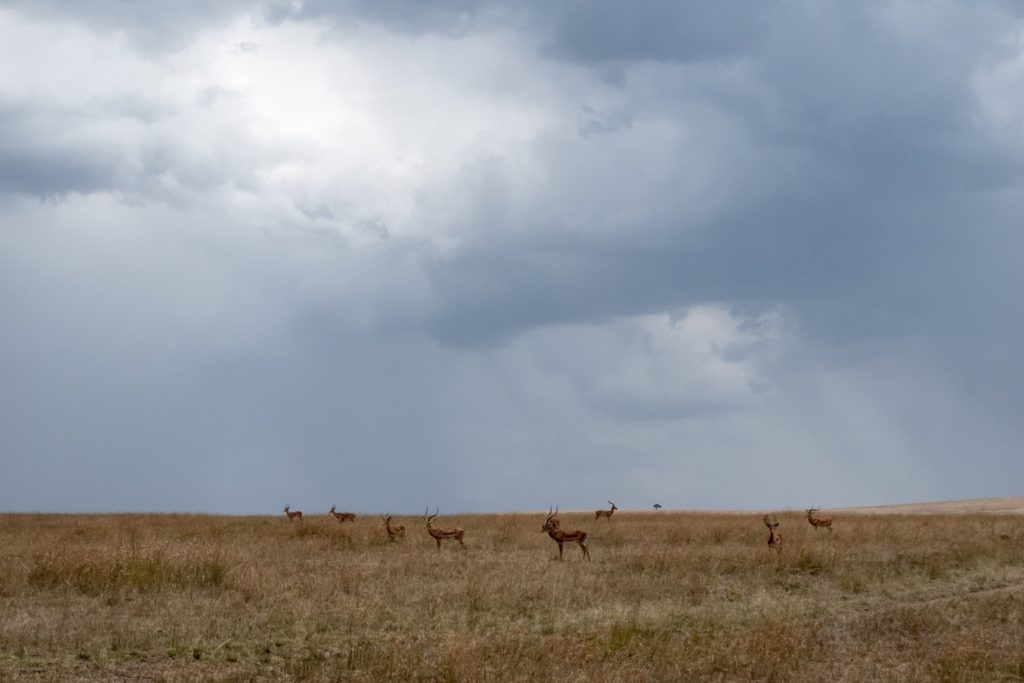
Also, if you get a chance, do not miss out on those really close-up shots that can make for unique wildlife shots.
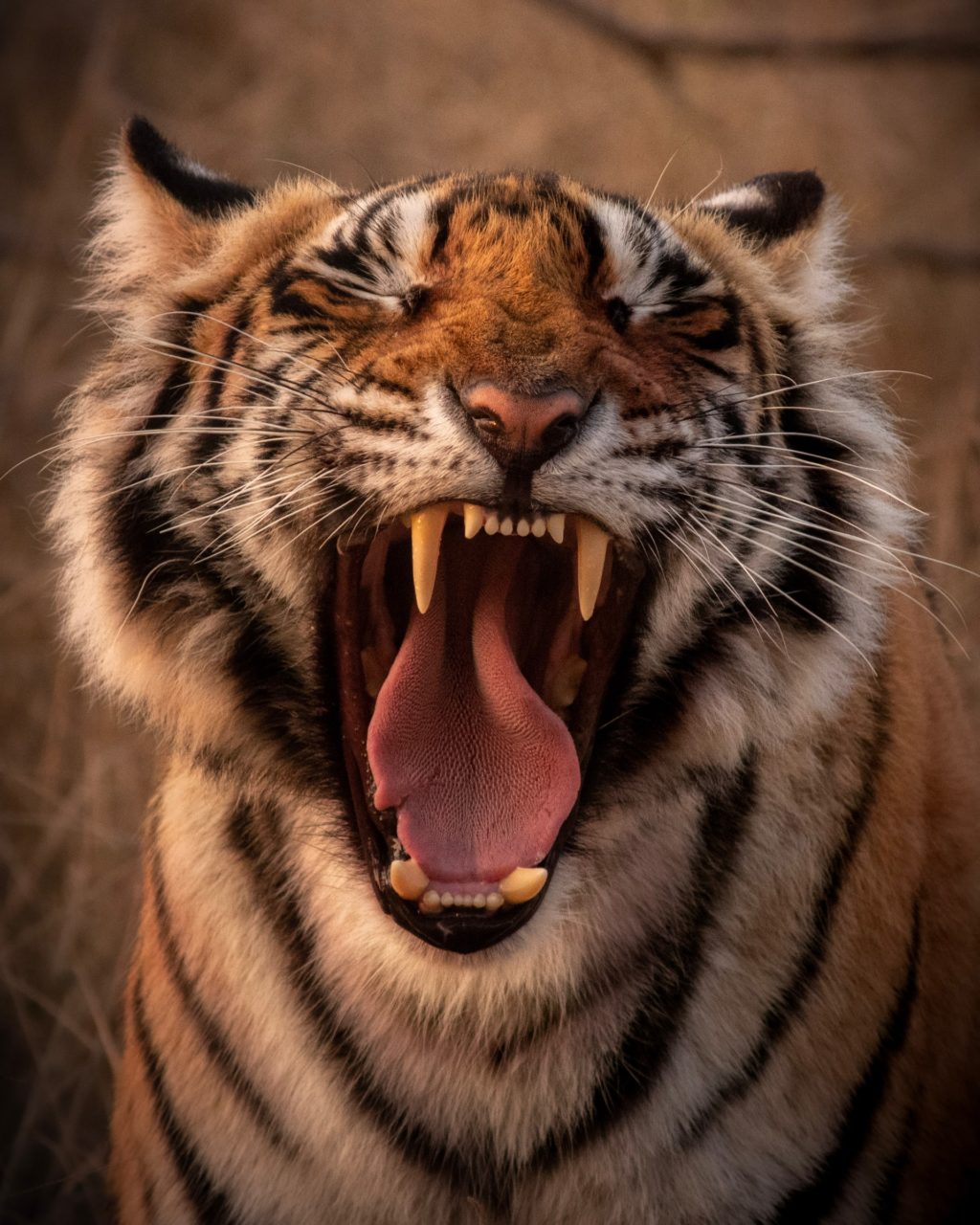
8. Use Light Wisely
Wildlife photography is best done early in the mornings when the birds and animals are quite active. Late afternoons can also be a good time, but the heat can be quite harsh in warmer climates. During these times, you will be working with side lighting and it is a great type of lighting for wildlife photography.
Some animals may be out during the daytime as well in the heat when the light is quite harsh. You can wisely work with exposures to get good shots during these times. These make good environmental wildlife images where you document the harsh reality.
Overcast days especially the ones with storm clouds can be great to capture atmospheric wildlife shots. The clouds can add drama and intrigue to your wildlife shots.
Move around and allow light to fall on your subject at an angle so you can capture depth and textures perfectly in the photograph. Golden hour can be the best for stunning backlit images, and rim lighting that will help you to capture silhouettes and the soft golden hues of the wilderness and its inhabitants.
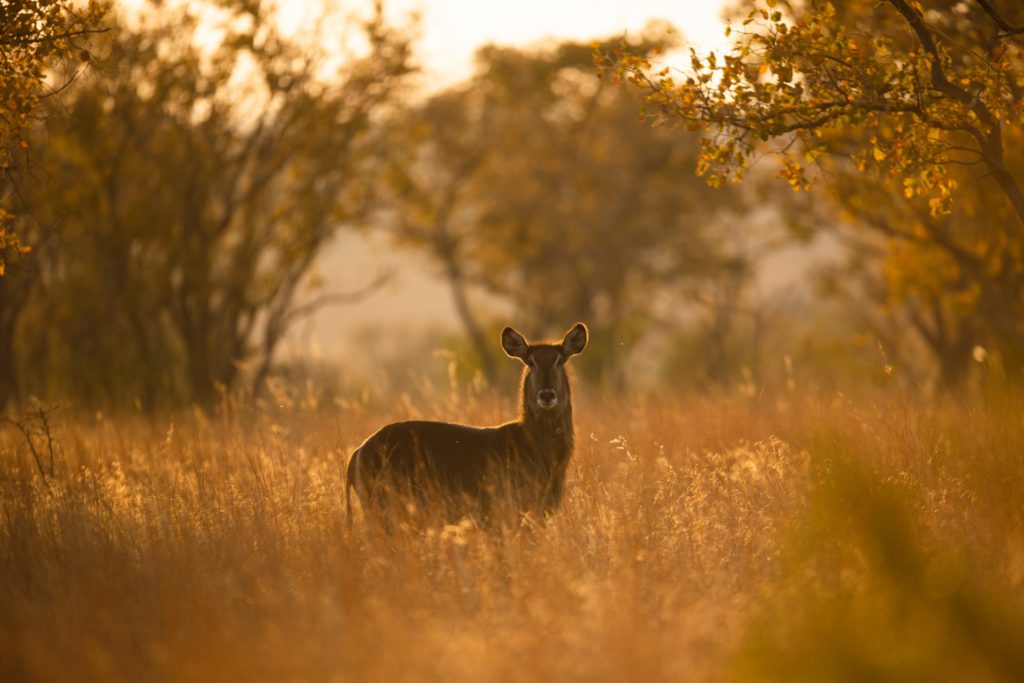
9. Look Closer
While your main focus may be animals and birds, there are a lot of tiny critters in the wild that can be interesting subjects for wildlife photography. Look for unique or unusual animals or bugs local to that habitat when waiting for your subject and photograph them for a change. What may seem a common subject, if captured under the right light conditions, having a perfect interaction, portraying certain behavior, can make for an interesting image.
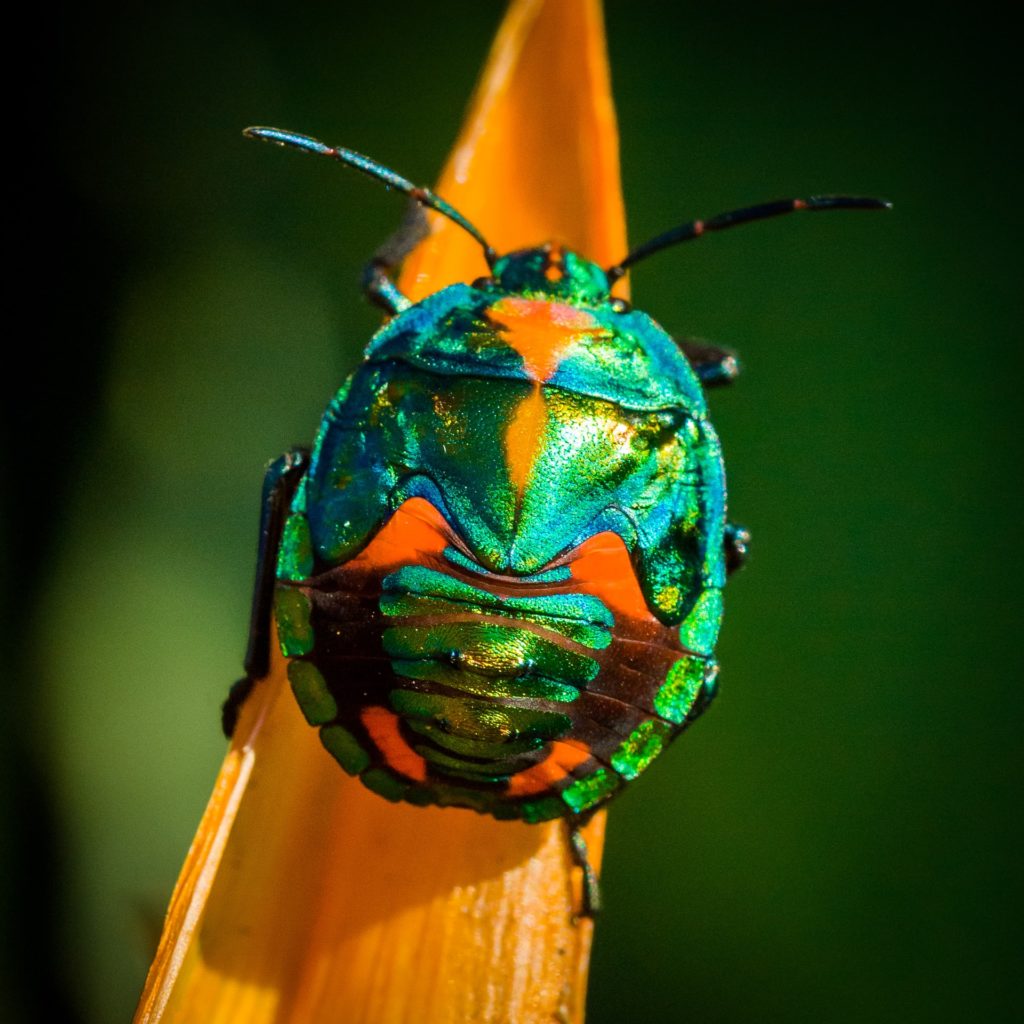
10. Always Focus On The Eyes
When capturing wildlife, the eyes are the most important parts that need to be in sharp focus. So use a single focus point to get pin-sharp focus on the subject’s eyes. Wait for moments when your subject may look into the camera. These shots can be quite impressive and engaging.
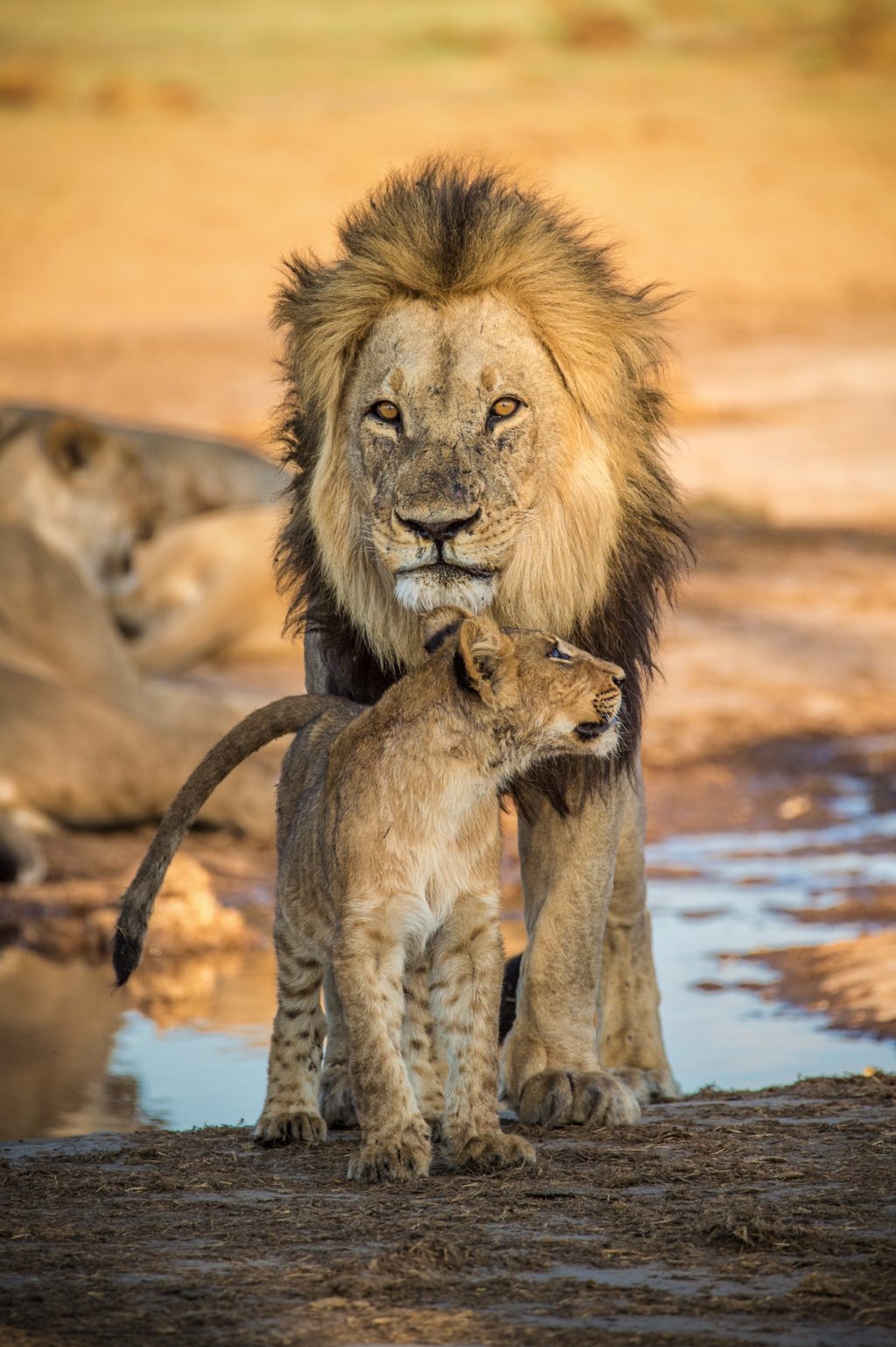
11. Be Patient
Wildlife photography means, you need to wait for a long time – sometimes hours before you can spot your subject in a location and give them the time to interact with the habitat naturally, so you can get the best photo. Through research, you can find locations that a particular animal or species usually or repeatedly visits and the time of the day if possible. You may even need to make repeated visits to spot the animal and photograph it.
You can plan a few compositions while you are waiting and even capture other subjects that may visit that area, but there is a lot of waiting when it comes to wildlife photography. Having a pair of binoculars will help with looking for distant or small subjects, especially birds when you are out capturing the wildlife.
During this time, do not forget to listen to the sounds of birds, animals, and trees rustling in the wild and observe other happenings in the habitat. Enjoy the process, breathe in the smell of fresh air and take every opportunity to be fascinated by the moments out in the wild.
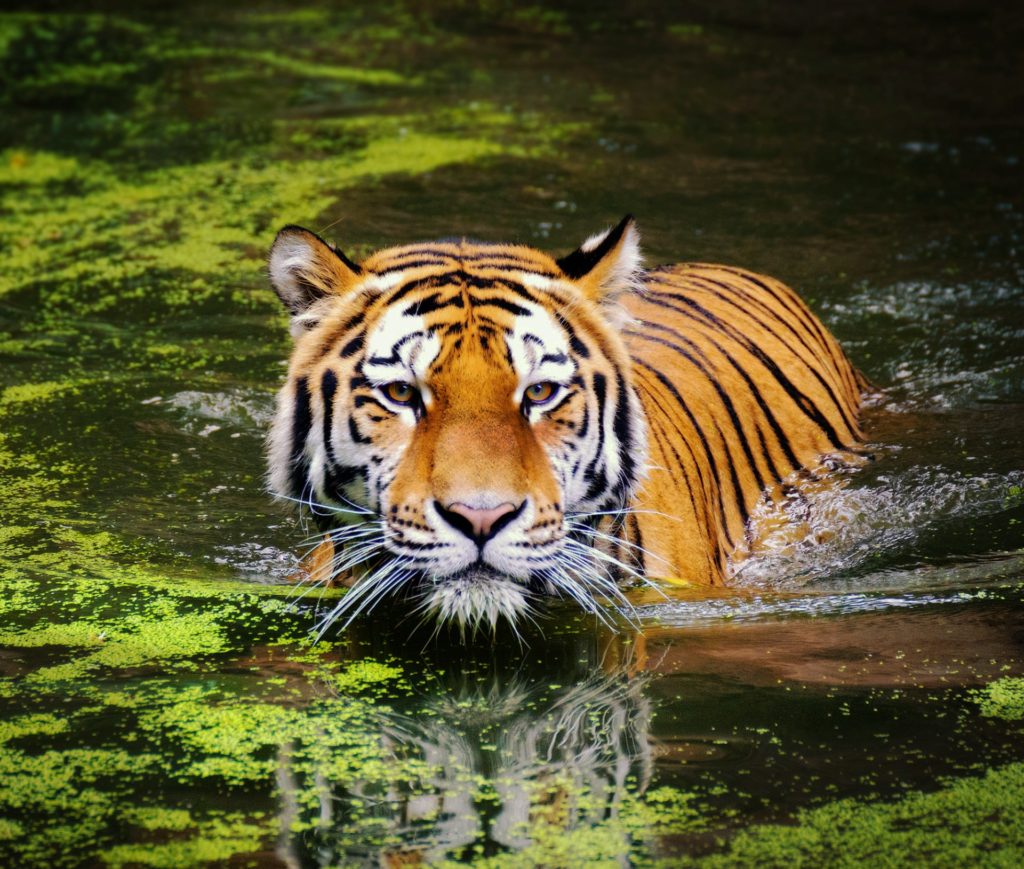
12. Carry Spare Batteries And Memory Cards
When it comes to wildlife photography, you need to capture a lot of photos in order to get a handful of good ones. You may run out of memory card space or charge in the battery during this process. Battery life also will be low in extreme weather conditions. So it is safe to carry a few spare formatted memory cards and fully charged batteries.

13. Wear The Right Clothes
Depending on the weather, wear the right dress. Layers for colder climates and cotton fabric for warm and hotter climates. Do not wear flashy, bright colors as they can trigger panic or scare animals and birds away. Always wear neutral colors like green, grey, khaki, brown, etc., depending on the location you will be photographing, as this will also help to not distract the wild animals and help you blend in the wild.
If you need to hike to a particular location, wear a pair of good hiking boots and a hat. Other accessories like gloves, scarves, sunglasses, etc., can be carried whenever necessary. You need to keep yourself comfortable so you can enjoy the photography part.
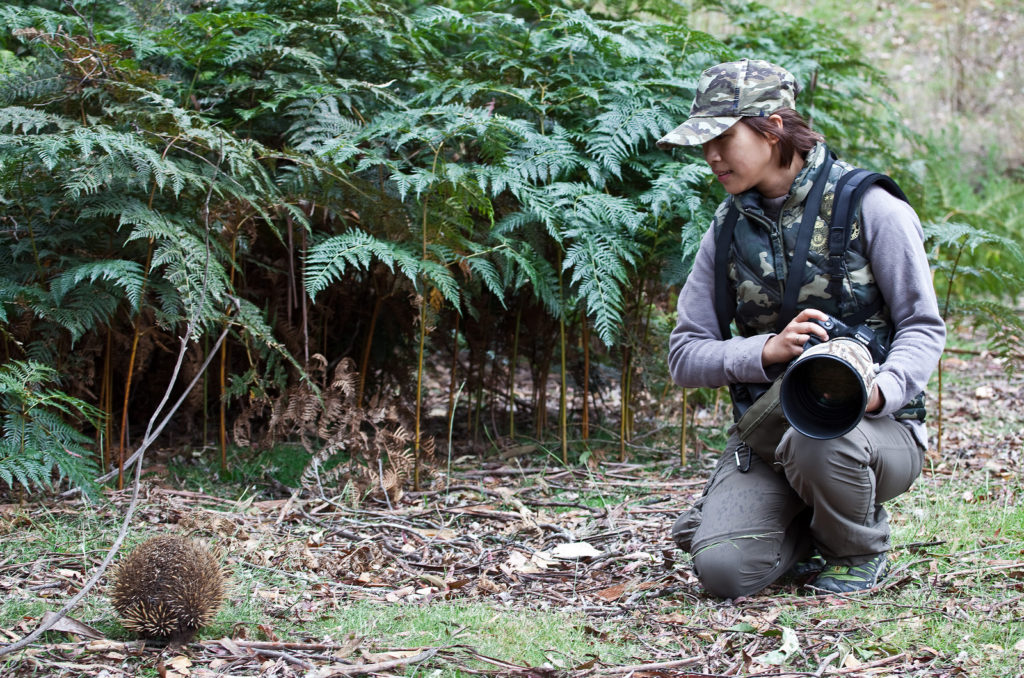
14. Keep Yourself Hydrated
Carry some water or other drinks with you when out for wildlife photography because it can be quite hectic or tiring at times and you need to keep yourself hydrated. Most of the time you will be out in the sun and/or walking around, so carry enough fluids to get you through the day. Make sure you do not leave anything behind like bottles, snack covers, etc.
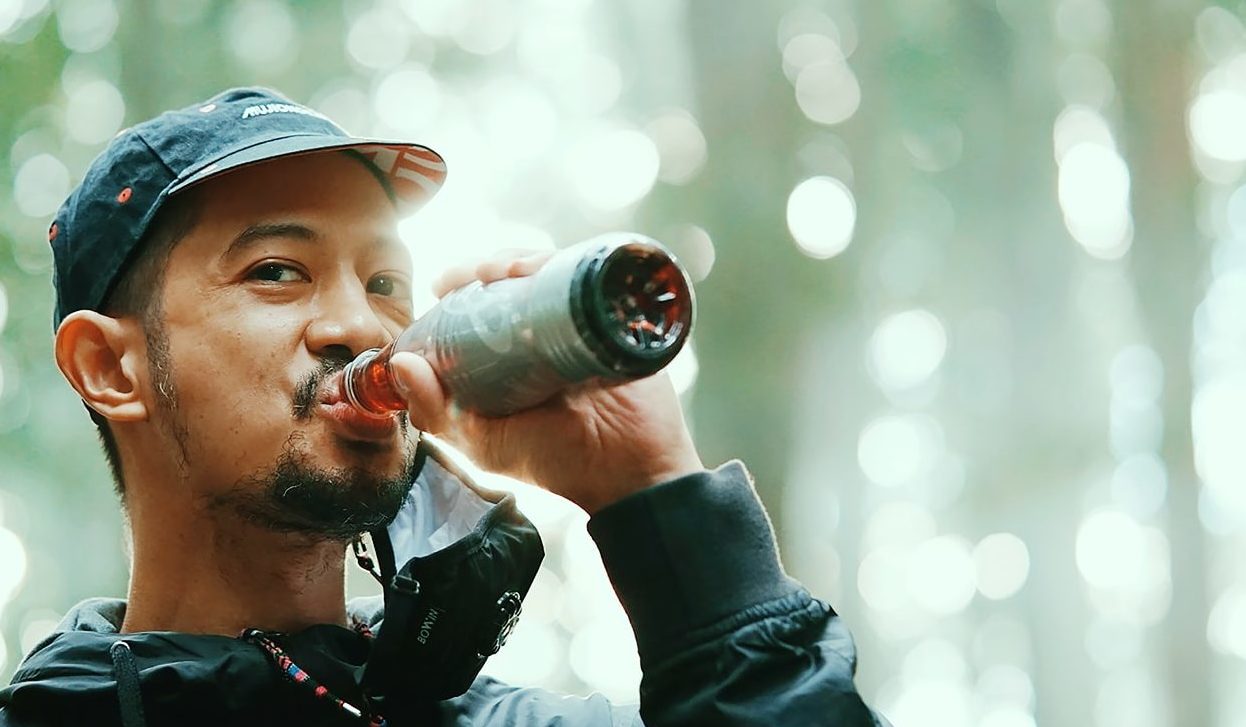
15. Be Respectful And Responsible
When capturing wildlife, we are in the animals’ habitat and the photographer needs to respect the animals and not cause disturbance or harm to animals and their habitat. Never feed or scare birds/animals, just so you can get a photo.
Maintain a distance and do not disturb the animals’ behavior or their routine. Staying quiet is of prime importance so that the animals do not get scared or become fearful of your presence. Also, do not cause any harm, or damage to the animal habitat, and do not litter. Take back whatever you carry with you.
16. Learn From The Experts
Wildlife photography is done by different photographers who use different approaches and techniques to capture wildlife. The way they use light and composition for effective wildlife photographs can be different. Go through the works of wildlife photographers who inspire you, and analyze and study their images. This will give you a lot of guidance in perfecting your skills in wildlife photography.
Conclusion
We hope these tips will help you to get started with wildlife photography. Remember that everyone gets started at the beginners’ level and moves up through constant learning and practice.
Wildlife is found everywhere from rural to urban areas and in the deep wilderness. Depending on your situation, research and plan your wildlife photography adventure so you can come home with some stunning results.
Are you a beginner or a professional in wildlife photography? What are some tips for beginners? If you have some good ones, please share them with us in the comments section below.

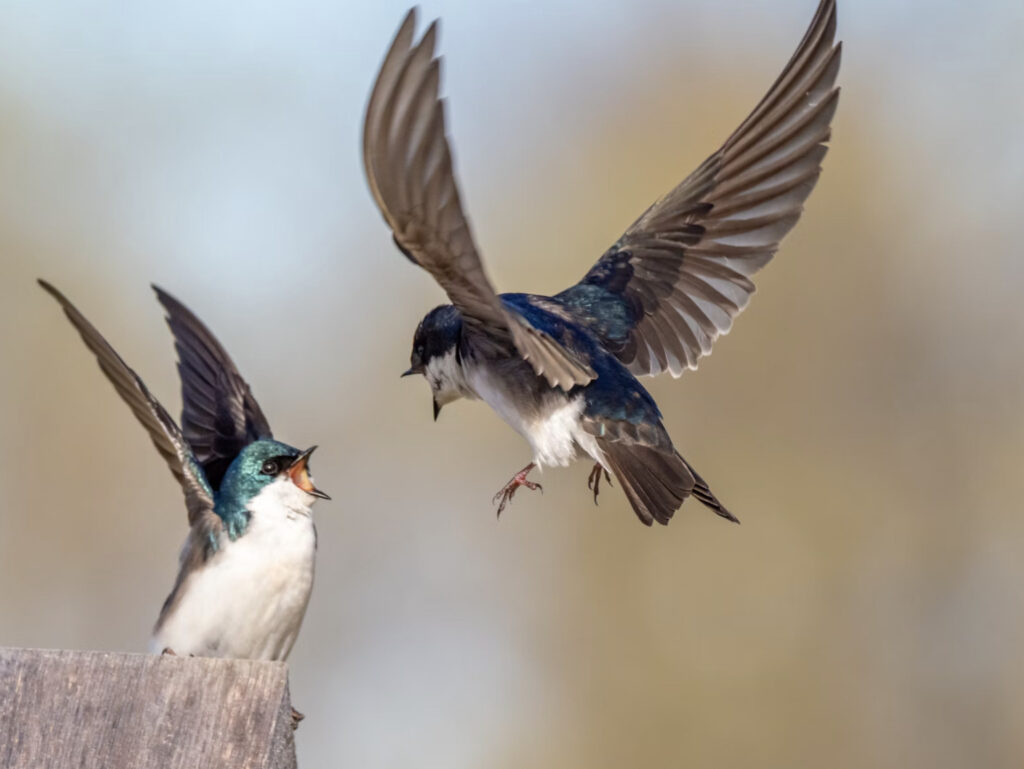
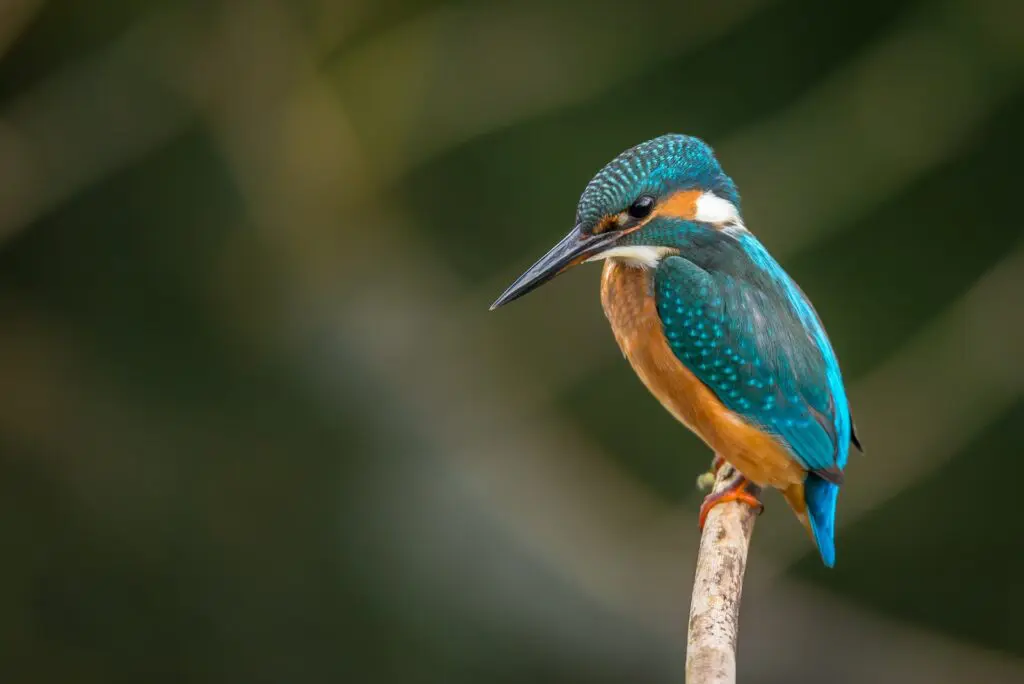
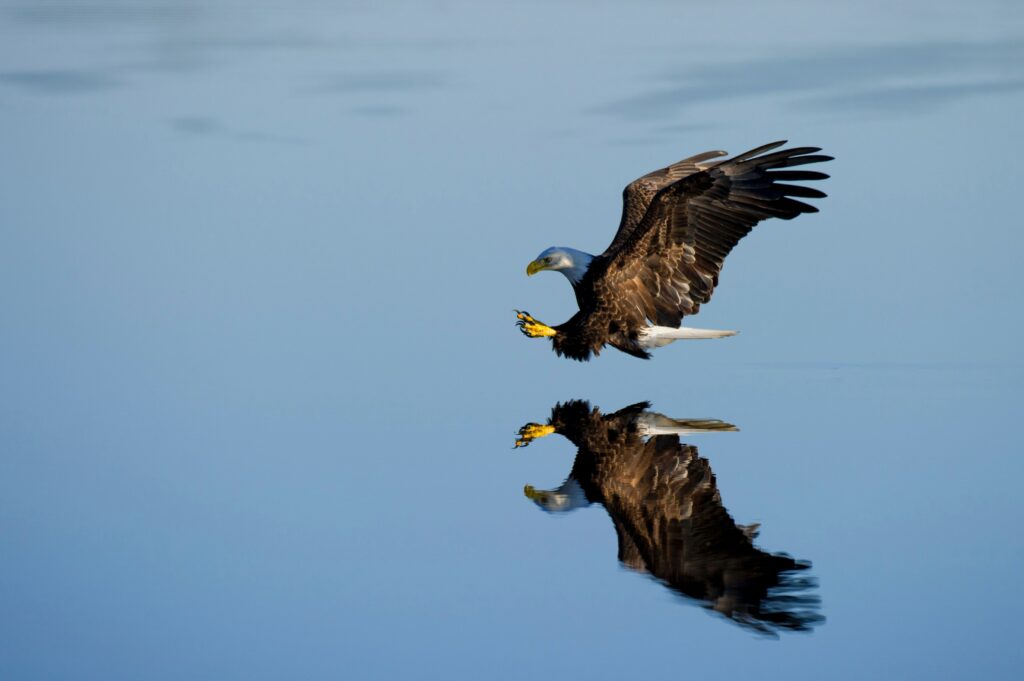
3 Comments
Great reading and images 🙂
Thank you Patrick. Glad that you enjoyed reading it 🙂
DEAR DAHLIA, LOVE THE IMAGES! GREAT ARTICLE! YOU ARE SO TALENTED! —LARS HICKS